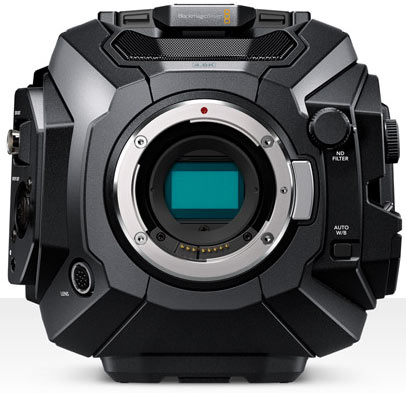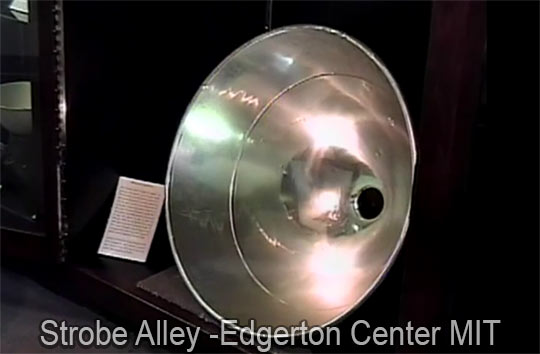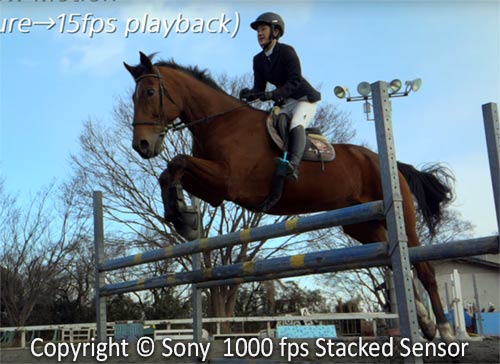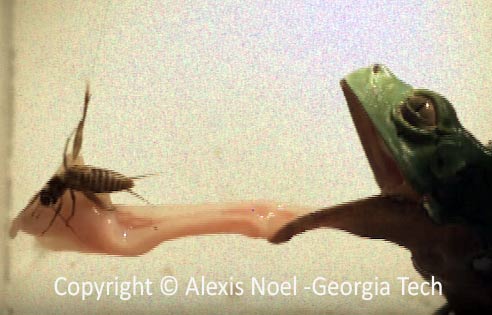Blackmagic Design has announced a new camera today. The URSA Mini Pro is a marriage of their higher end URSA camera with the still in the product line URSA Mini. It offers built in ND Filters, 15 stops of dynamic range “which is huge for filmmakers”, tons of ports, in body buttons and controls and easy interchangeable lens mounts.
For our slow motion fans there is not a whole lot offered by the camera but there are some built in features. 60fps in 4k DCI and also at 4.6k full sensor resolution is very useful and keeps the trend with the 4k over-crank frame rates debuted in 2016 on several cameras. The other is 120fps at 2k windowed resolution which is passable but not ideal. However the slow motion on these cameras is high quality and seldom does it have artifacts.






